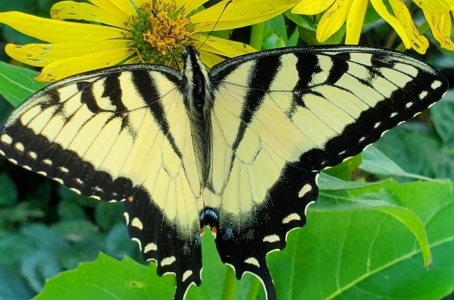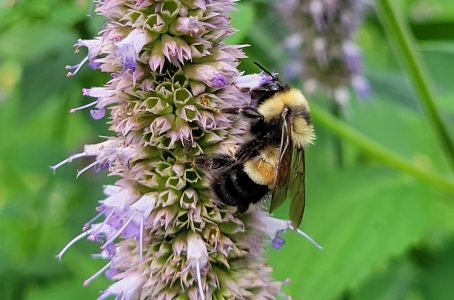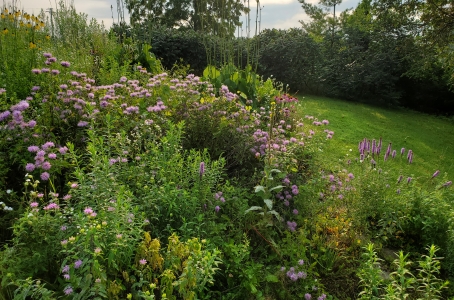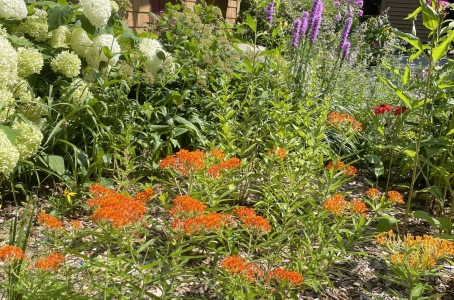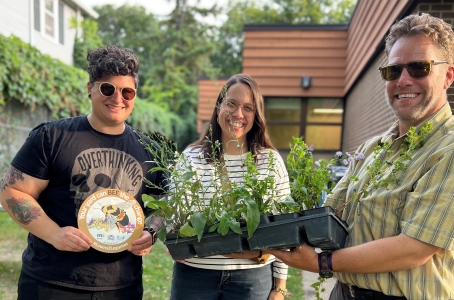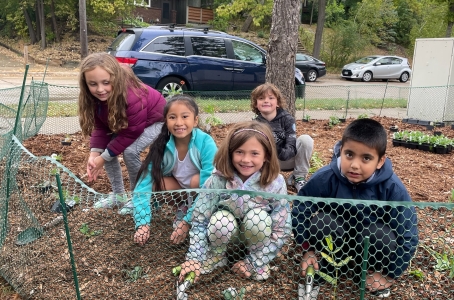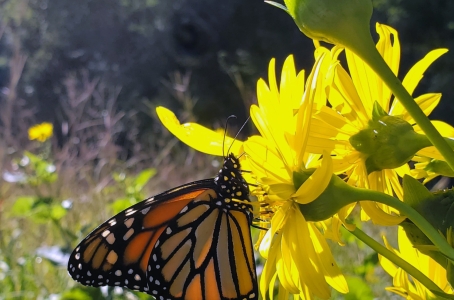The Lawns to Legumes program offers a combination of workshops, coaching, planting guides and cost-share funding (individual support grants) for installing pollinator-friendly native plantings in residential lawns. The program also includes Pollinator Pathways grants, which are pollinator programs run by local governments and nonprofit organizations with support from BWSR, and a public education campaign to raise awareness about creating pollinator habitat. BWSR is partnering with Metro Blooms and Blue Thumb – Planting for Clean Water to administer the program. Find details on Individual Support Grants, Pollinator Pathways, public outreach and more on this web page.


